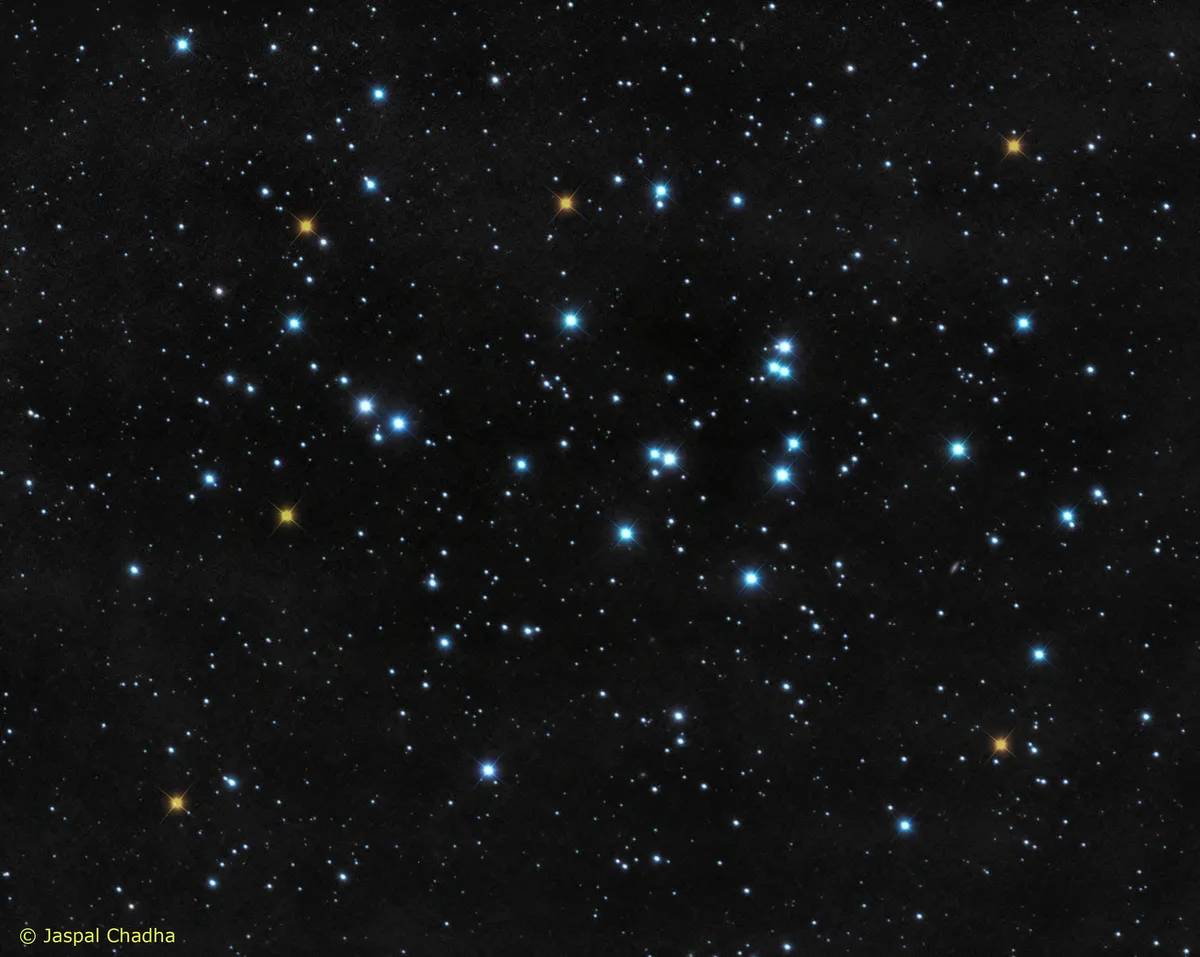Comet C/2025 A6 Lemmon and comet 3I/ATLAS have been the cometary talking points of the year.
if you managed to catch a glimpse of comet Lemmon, and are now missing it as it begins to fade from our skies, fear not, because in November 2025, there are two more comets visible that are well worth your attention.
These are comet 24P/Schaumasse and comet C/2024 E1 Wierzchoś, the former of which will pass in front of the beautiful Beehive Cluster, making for a great observing and photographic opportunity.
Here, we'll look at each of these two comets in turn, and reveal how to see them.
Get regular stargazing advice by signing up to our e-newsletter and by subscribing to our YouTube channel

Comet 24P/Schaumasse
Comet 24P/Schaumasse will appear to pass across the Beehive Cluster, M44, in November 2025, offering an excellent opportunity to record this relatively faint object.
On 1 November, it’s expected to shine with an integrated magnitude of +14.3 – that’s too dim for small scopes and a challenge for larger apertures.
However, if you’re set up for imaging, that brightness is well within reach. It’s also worth attempting with a smart scope.

There’s a catch, though: the Moon will be big and bright in the sky not far from the comet’s path.
This is where the Beehive Cluster comes in.
Its point light source stars will be able to withstand a bit of natural light pollution (moonlight) and should be easy to spot.
Knowing where the comet will be passing – even with the bright Moon nearby – gives you a good chance of catching it.

Tracking 24P across the Beehive
On 1 November at 00:00 UT, the comet will be 7.4° to the west of the cluster.
The good news is that it will be brightening as it tracks east towards M44, reaching a magnitude of +13.7 by 00:00 UT on 7 November.
At that point, it will sit just outside of the cluster’s bounding box, defined by Asellus Borealis (Gamma (γ) Cancri), Asellus Australis (Delta (δ) Cancri), Eta (η) Cancri and Theta (θ) Cancri.
It takes the comet three days to cross this box, appearing in front of the cluster on the night of 8/9 November.
After that, it continues east into Leo.
By the night of 30 November/1 December, 24P will be near the star Algieba (Gamma (γ) Leonis) and will have brightened to mag. +11.6, making it visible to small telescopes.

More about 24P/Schaumasse
Comet 24P/Schaumasse was discovered by French astronomer Alexandre Schaumasse on 1 December 1911.
It has an orbital period of 8.252 years and will next reach perihelion on 8 January 2026.
At that time, it’s expected to be around mag. +9.9 (suitable for small telescopes) and crossing from south of Melotte 111 into southern Boötes, where the bright Arcturus (Alpha (α) Boötis) provides a convenient way to locate it.
The comet has a 2.6km nucleus and its orbit stretches from 1.21 AU at perihelion to 9.96 AU at aphelion.
During its 1951–52 apparition, 24P/Schaumasse unexpectedly brightened to mag. +6.
This, along with missed recoveries in 1968 and 1976, led to speculation that a destructive event caused the brightening.
However, 24P was recovered in 1984 and later analysis of a 1976 photograph revealed an object subsequently identified as the comet.
Comet 24P/Schaumasse has had several close encounters with large Solar System bodies, including passes of Jupiter in 1913 and 1937 that slightly altered its orbit.
On 4 January 2026, the comet will be at its closest to Earth, passing by at 0.6 AU (90 million kilometres).
Comet C/2024 E1 Wierzchoś

24P/Schaumasse isn’t the only comet of interest in November 2025.
Another brightening comet is C/2024 E1 (Wierzchoś), which can be found moving across the large form of Ophiuchus, the Serpent Bearer.
This spring/summer constellation is still visible under dark skies in the early evening, low above the western horizon.
Comet C/2024 E1 crosses Ophiuchus from a point southwest of Kappa (κ) Ophiuchi at the start of November, to end the month near Mu (μ) Ophiuchi.
During this time, it brightens from mag. +11.7 on 1 November to +10.4 on 30 November, making it a viable small-telescope object.
C/2024 E1 is predicted to brighten to around fifth magnitude around 20 January, but by then will have moved too far south to be seen from the UK.
Keep an eye out for the comet passing close to mag. +4.7 41 Ophiuchi on the evenings of 18 and 19 November.
Its southeast trajectory takes it 2.3° southwest of globular cluster Messier 14 on the night of 26 November 2025 – close enough to capture both the comet and cluster in a single frame.
Although the Moon will interfere with the view during the early part of November, there should be plenty of opportunities to observe it under clear skies.
Share your comet adventures and images with us by emailing contactus@skyatnightmagazine.com

